Aid Returns to Gaza, UN Warns It’s Insufficient
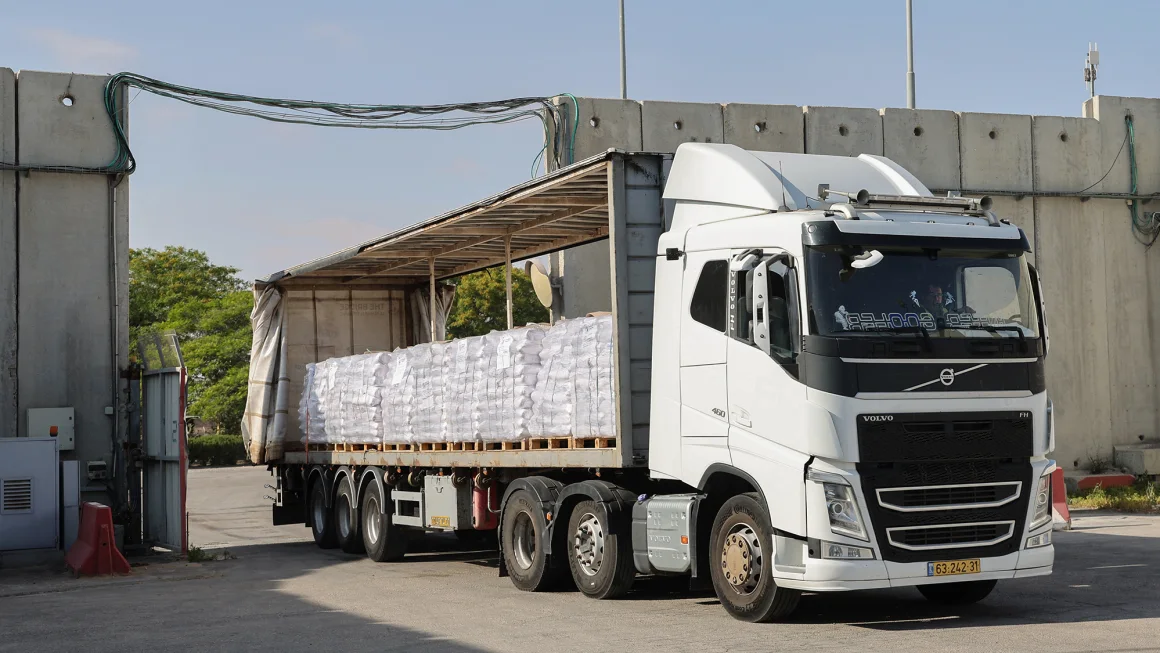
Gaza Strip — After more than 11 weeks of total blockade, limited humanitarian aid finally reached parts of Gaza on Wednesday. Yet, United Nations officials and humanitarian agencies say the deliveries fall drastically short of what’s needed to avert a full-blown catastrophe.
Roughly 90 trucks carrying flour, baby formula, and other essential food items entered southern Gaza, marking the first significant delivery since Israel halted all aid on March 2. The pause, according to Israeli authorities, was intended to prevent Hamas from diverting aid for its own use.
“This is a critical moment,” said Tom Fletcher, UN Under-Secretary-General for Humanitarian Affairs, on X (formerly Twitter). “Truckloads of lifesaving aid are finally moving again.”
Aid groups, however, caution that the renewed access is far from sufficient. The UN’s Office for the Coordination of Humanitarian Affairs (OCHA) warned Wednesday that most of Gaza is teetering on the edge of famine. Five community kitchens resumed operations in Khan Younis and Gaza City, but five others were forced to shut down due to lack of supplies.
“There are still nowhere near enough trucks entering Gaza,” said UNICEF Executive Director Catherine Russell. “Those that do arrive haven’t reached the people who need them most. We’re running out of time—and supplies.”
Nahid Shuheiber, head of Gaza’s transport association, confirmed that more than 90 trucks were able to deliver aid Wednesday, and a similar number was expected Thursday. But chaos underscored the urgency—two trucks were reportedly hijacked by desperate residents.
Local bakeries, including those owned by Kamel Ajour, began distributing flour immediately to begin operations. Yet, the broader picture remains grim: fuel, hygiene supplies, and medical equipment are still blocked from entering, according to OCHA.
Disputes between the Israeli military and humanitarian organizations have slowed down the process further. Aid convoys were allowed to travel only through high-risk, congested routes, raising fears of looting and violence.
Israel has backed a new aid distribution plan championed by U.S. ambassador Mike Huckabee, involving a private group called the Gaza Humanitarian Foundation. However, UN officials have criticized the initiative as inadequate and lacking proper coordination.
Meanwhile, the situation for Gaza’s 2.3 million residents continues to deteriorate. Israeli military operations have displaced over 80% of the population, pushing civilians into increasingly crowded and militarized zones. OCHA reports “an extreme lack of shelter,” with many displacement centers and homes packed beyond capacity.
Hospitals are also being hit hard. On Wednesday, Israeli strikes reportedly damaged Al Awda Hospital—northern Gaza’s last partially functional medical facility. Kamal Adwan Hospital also closed, and the Indonesian Hospital’s shutdown has left over 400,000 people without access to care.
In the south, the European Hospital remains out of service following recent strikes. The International Committee of the Red Cross confirmed it received a single truck of medical supplies for its field hospital in Rafah, warning that it will take significant time to recover from weeks of shortages.
Water access has become another critical issue. Gaza's main desalination plant is now located in a restricted zone, and many displaced families have fled to Al-Mawasi—a southern coastal area without piped water. Water trucks are now the only source of clean water for tens of thousands.
Asem Alnabih, a Gaza City spokesperson, told CNN the enclave is facing a "major water crisis" exacerbated by fuel shortages, mass displacement, and intensifying heat.
“The next few days will be decisive,” said the ICRC in a statement. “Lives hang in the balance.”
Category: news
360
0




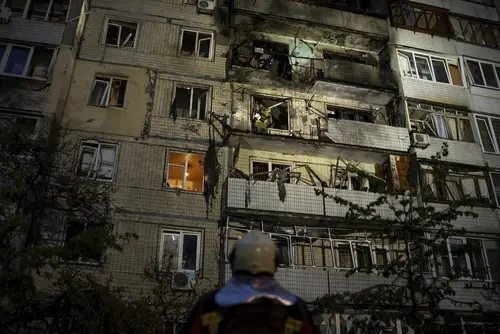
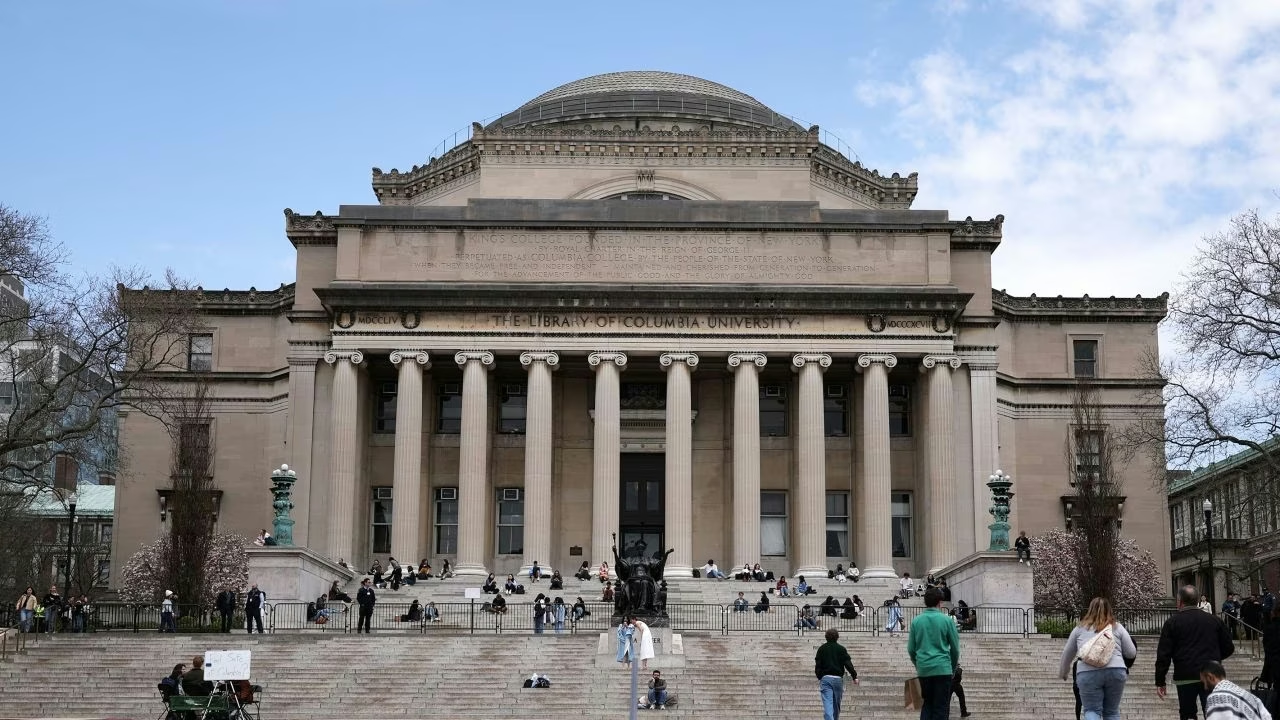
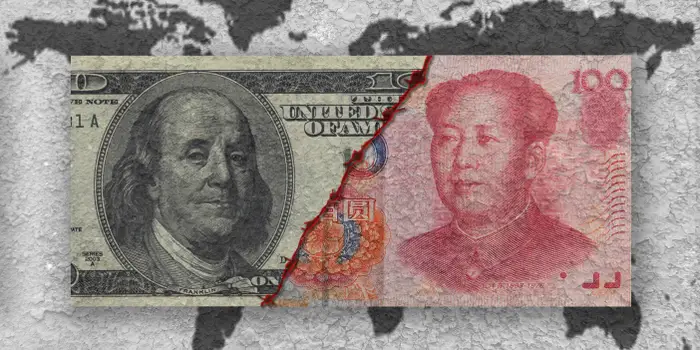











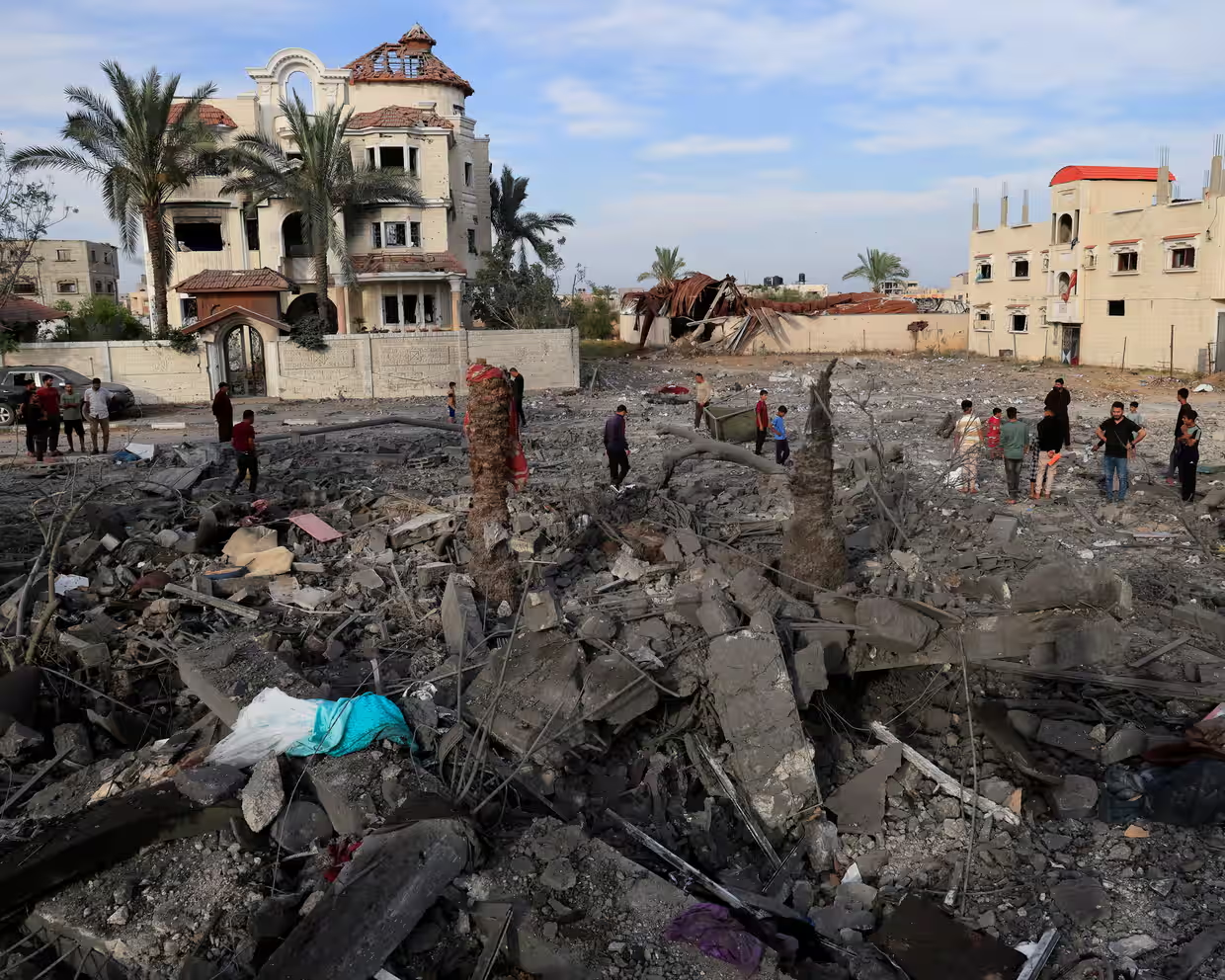


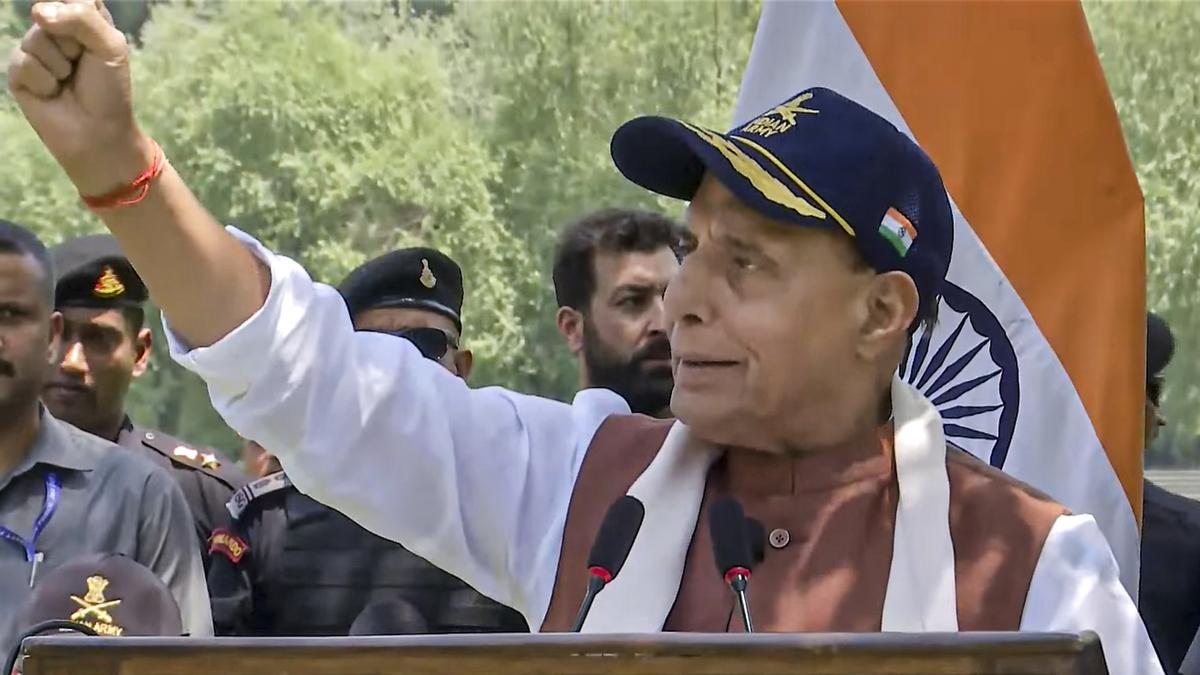



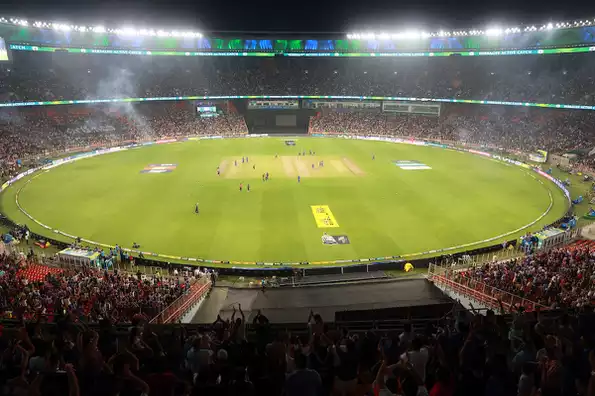


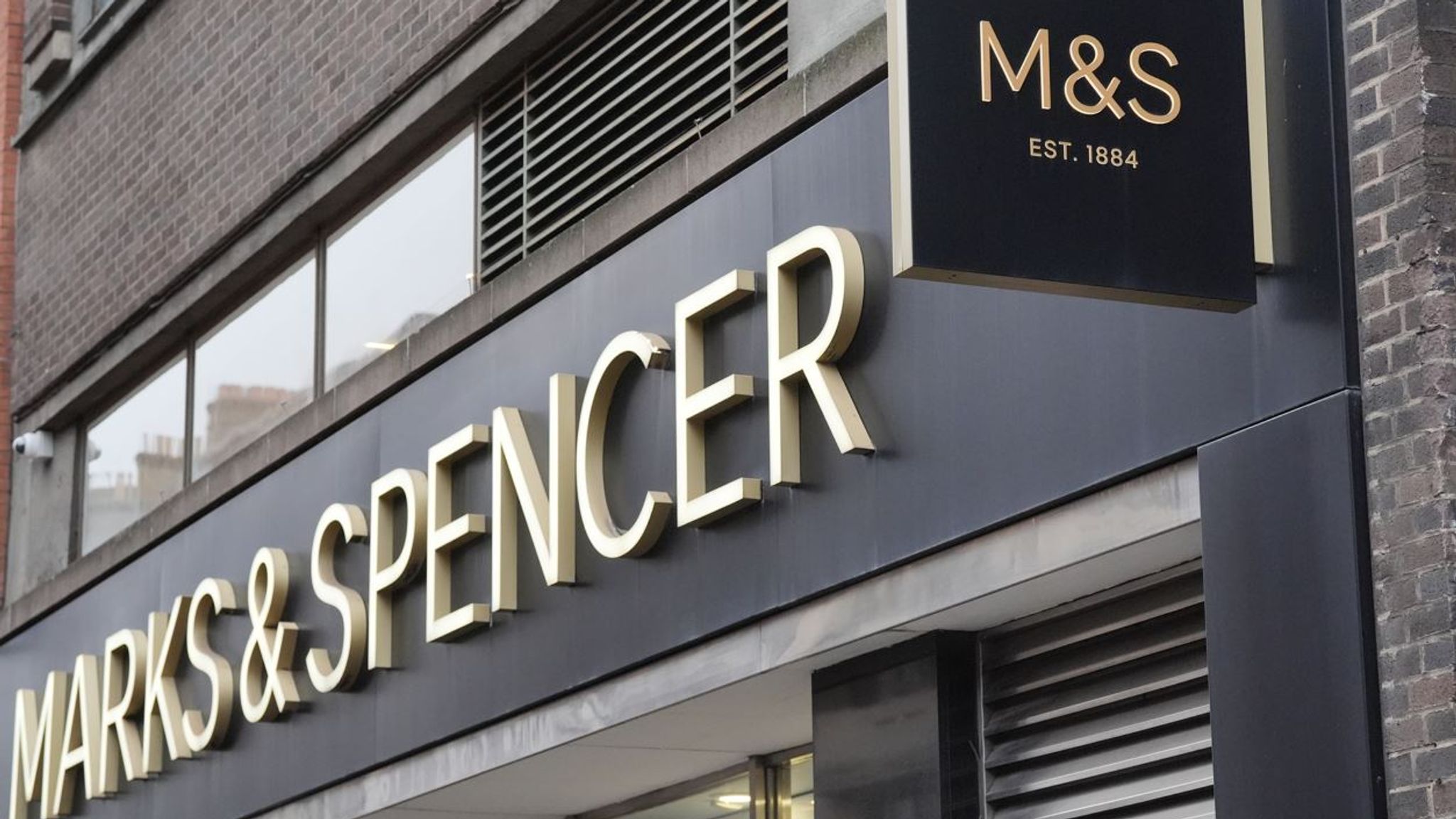






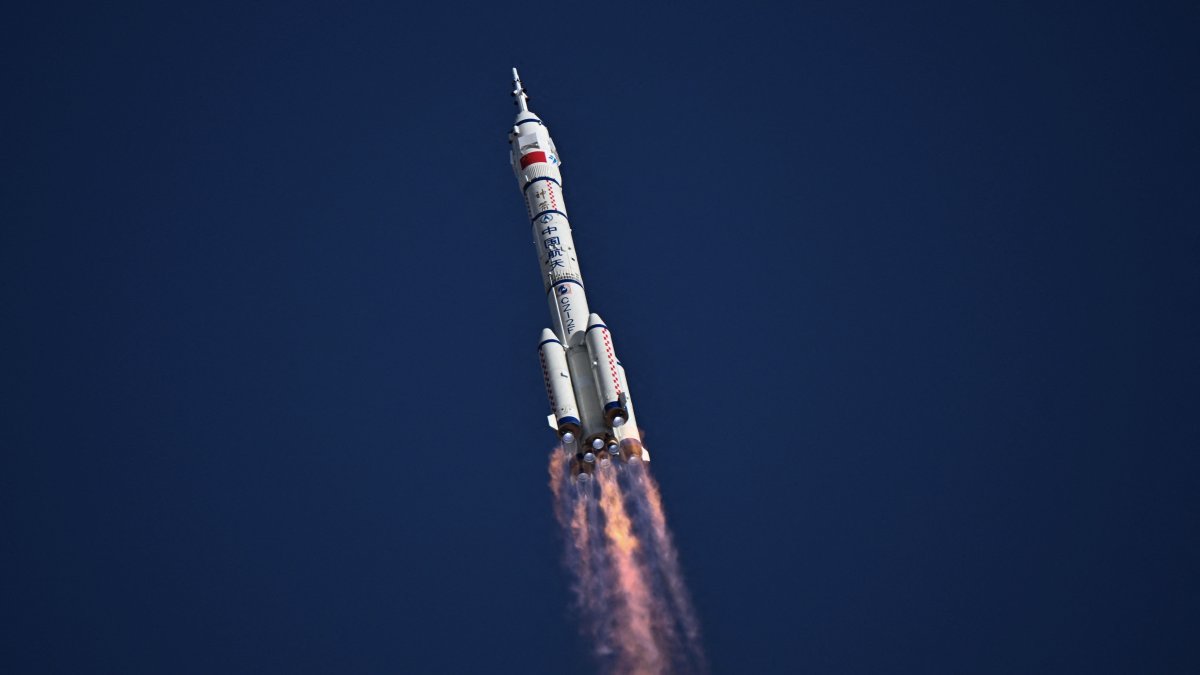
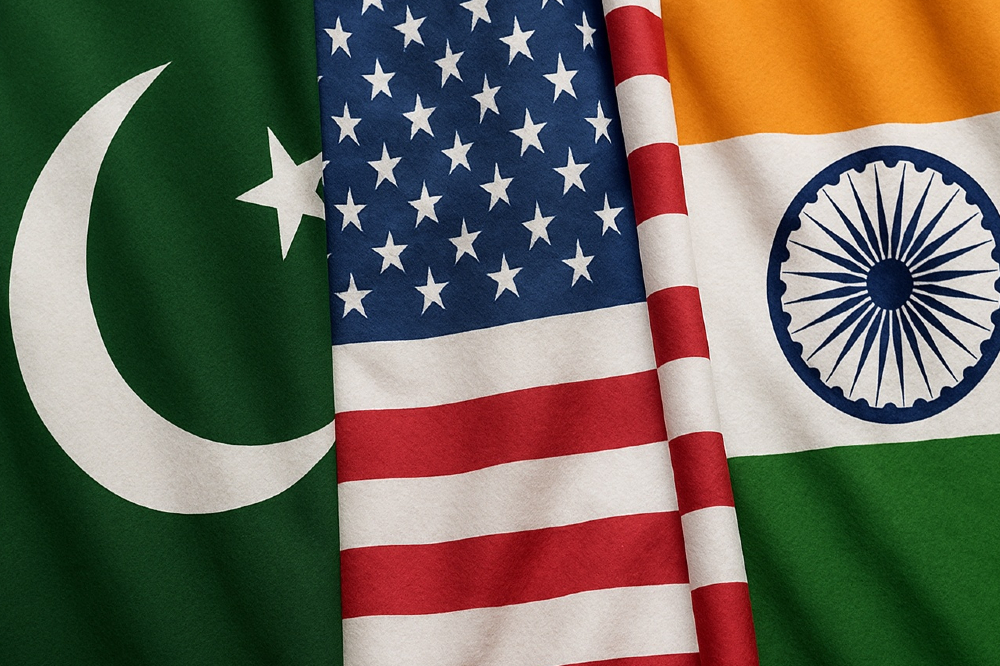
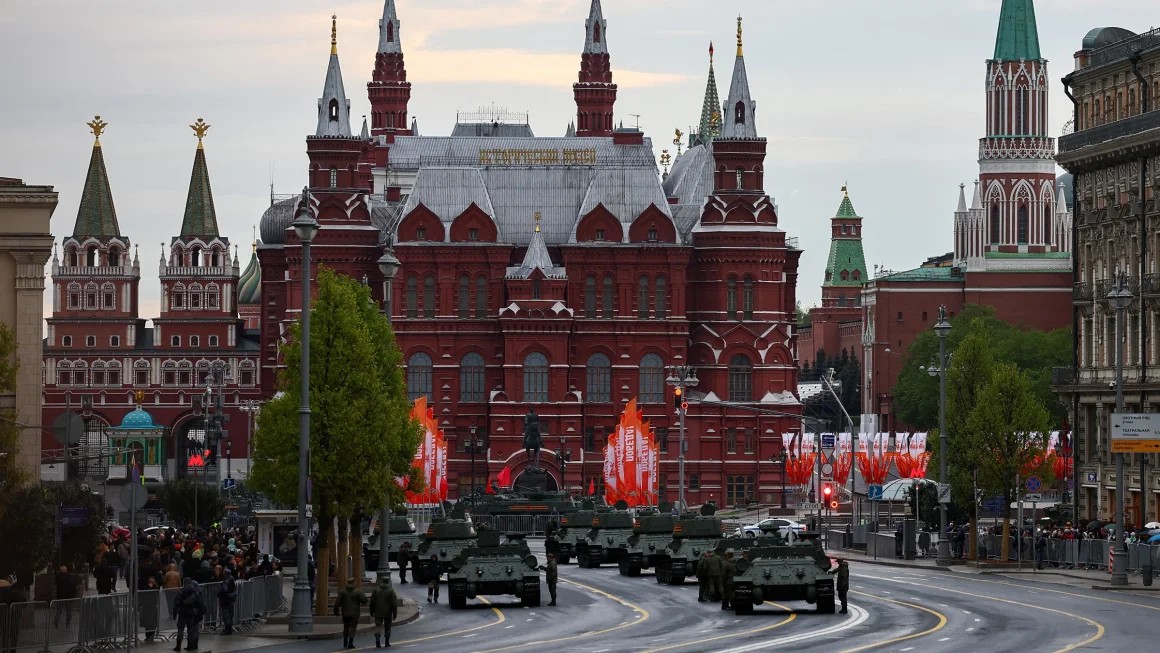
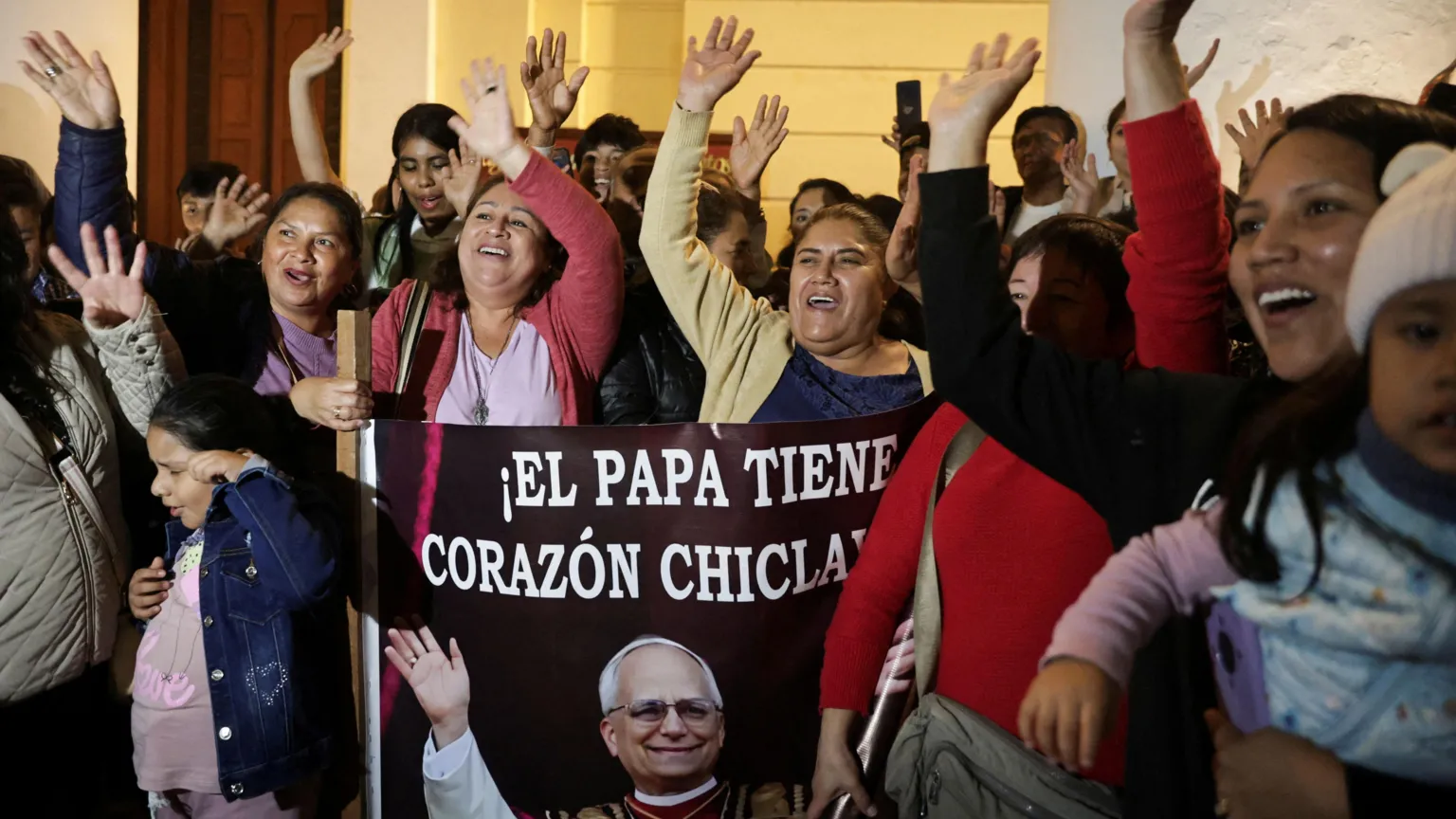



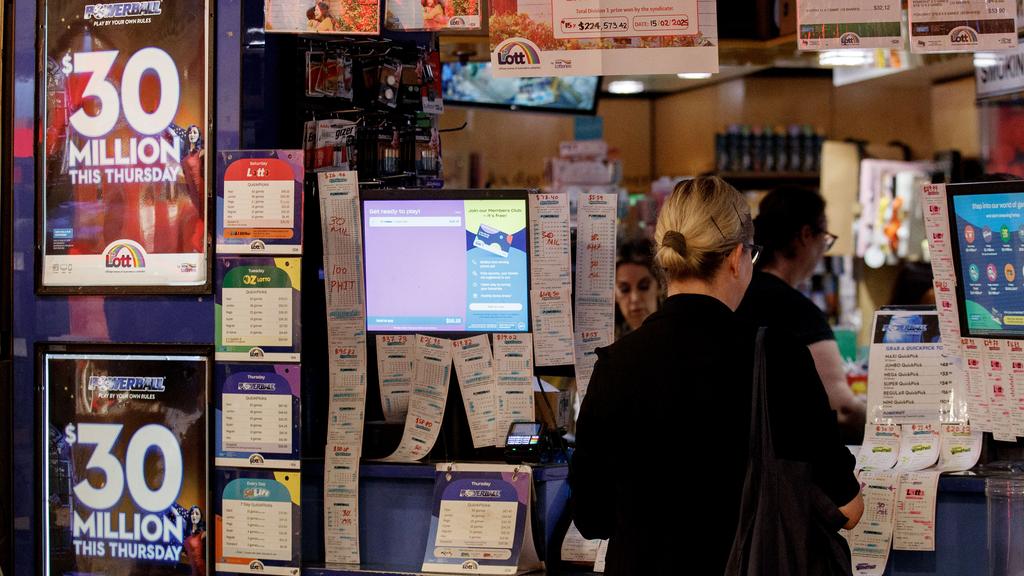
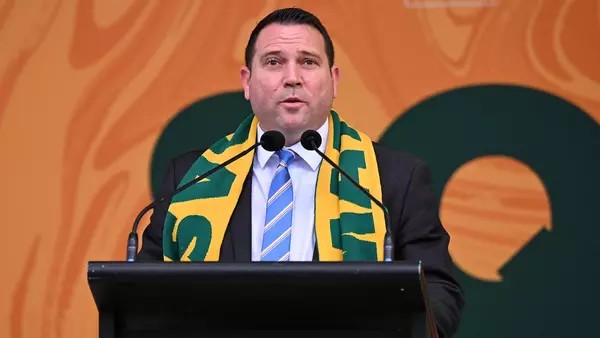







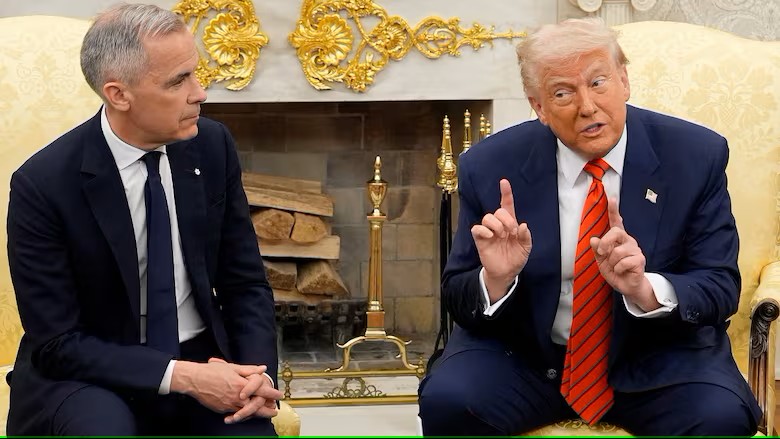
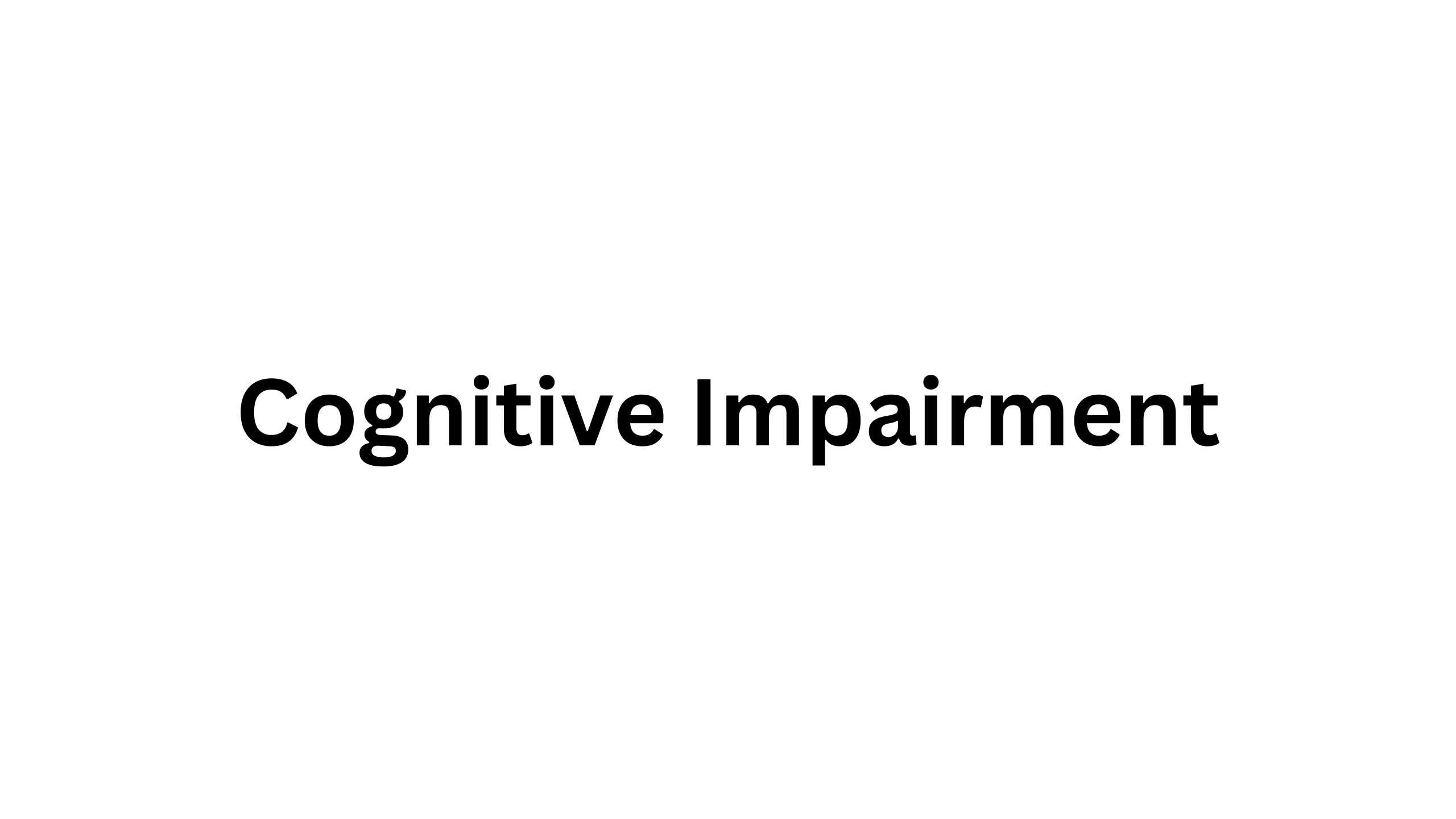






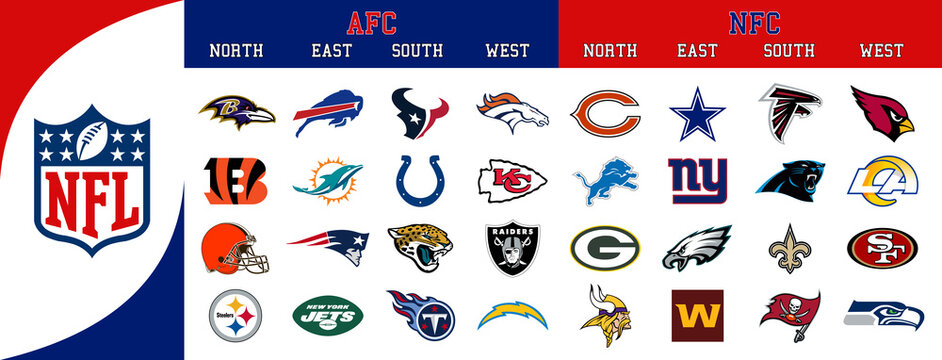



Comments